Stretching from South Nags Head to Ocracoke, Cape Hatteras National Seashore is one of the most beautiful parts of the Outer Banks. The beaches are beautiful, the recreational and sport opportunities extraordinary, and the wonder of nature is everywhere.
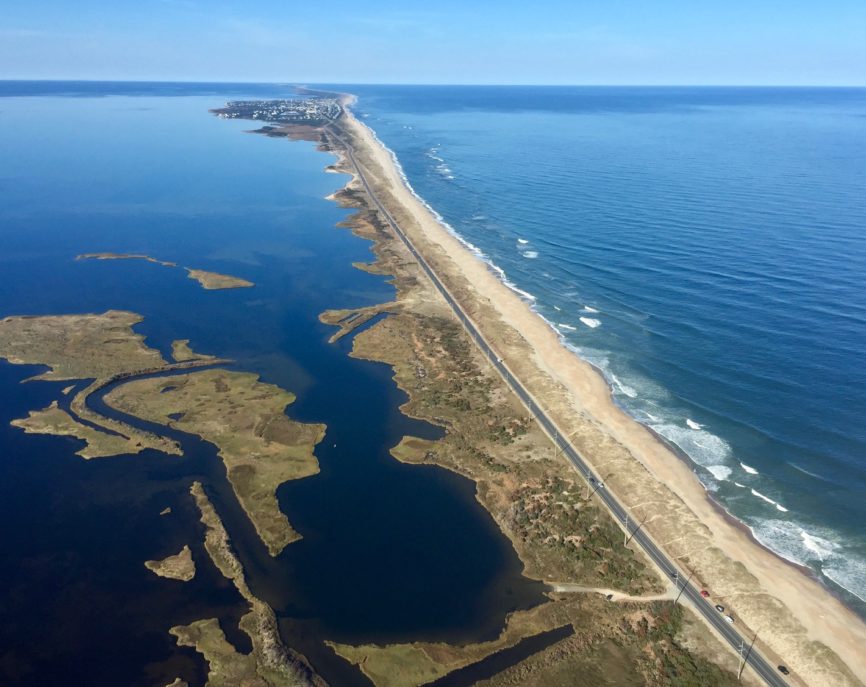
Yet this gem of the Outer Banks almost never came into existence. How it became the nation’s first National Seashore is a tale that took more than 25 years to complete. There was political arm twisting, incompetence, and rampant speculation. Ultimately, though, the belief that something good could be created from one of the most remarkable stretches of beach in the United States triumphed.
The story begins with Frank Stick—artist, real estate developer, builder. On the Outer Banks, he is best known as the founder of Southern Shores and for the flat top homes he designed. He was also the father of author David Stick who wrote Graveyard of the Atlantic.
In the world of art, however, he was the preeminent illustrator for outdoor and hunting magazines from about 1910 to the late 1920s.
Stick visited the Outer Banks in the 1920s, fell in love with the area and moved his family here in 1929.
By the 1930s, Stick came to the conclusion that the Outer Banks represented a remarkable opportunity to create a national park like no other in the United States.
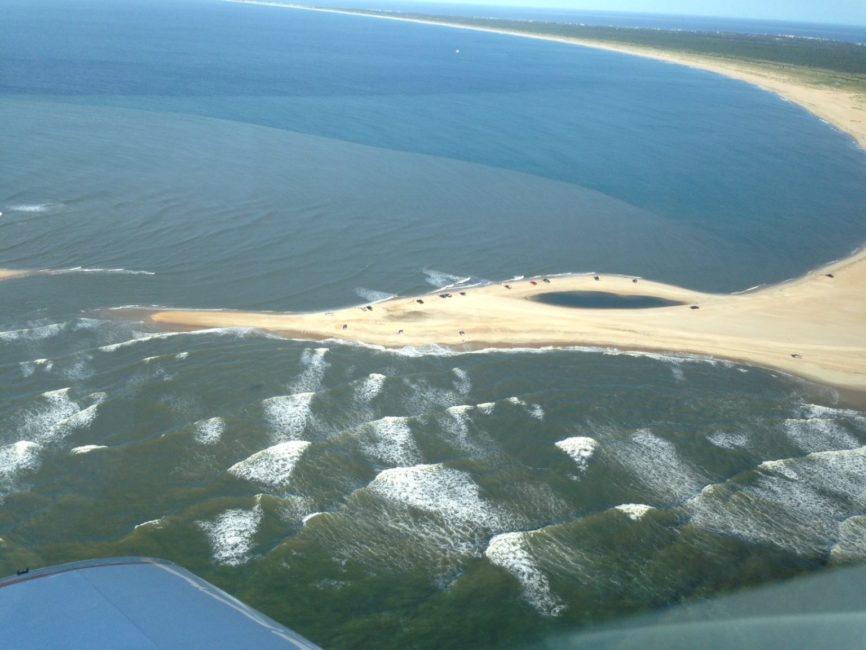
In 1933 he wrote an editorial for the Elizabeth City Independent, titling the piece, “A Coastal Park for North Carolina and the Nation.”
Beneath the title, he told readers, ”Opportunity at hand to acquire one of the most charming coastal areas in America at little expense, for the satisfaction of the esthetic and recreational needs of the people, for the conservation of migratory wildlife…”
He went on to say that the revenue from tourists and fishermen, “would be enormous and employment would be given to thousands.”
The timing was perfect. The National Park Service had identified a national seashore as something they did not have but would like to include in the national park system,
In 1937 North Carolina Congressman Lindsay Warren introduced a bill “To provide for the establishment of the Cape Hatteras National Seashore…” Congress passed the bill and it seemed as though the Cape Hatteras National Seashore would soon be a reality.

Except there were some conditions in the bill that had to be overcome before the park would come into existence.
The NPS had to come into possession of at least 10,000 acres, but they were not allowed to purchase the land directly. That stipulation was typical of National Park authorizations bills of the time.
For CHNS it was decided that North Carolina would acquire the land and then grant title to the Federal government. There would also be private donations to the National Park Service.
Park service personnel began a series of studies of the area to see if it was, in fact, suitable to be a national park.
It was the beginning of a lot of suspicion of the NPS. As they did their work, the personnel doing the surveys did not discuss what they were doing or why. Additionally, the information the NPS was putting out was that there would be little or no improvements to roads with park boundaries.
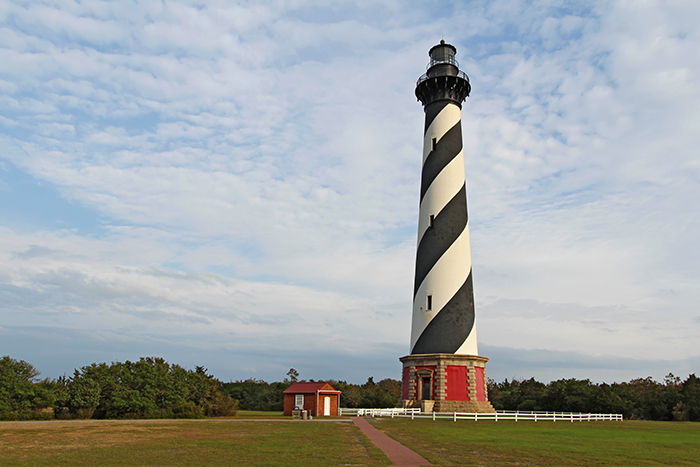
For Hatteras Island residents, who had been clamoring for a paved road to Oregon Inlet, that was unacceptable.
Then WWII began and talk of creating a park went on the back burner.
As the war ended, Stick began renewed his push for CHNS, but what neither he nor the park service seems to have realized was that Standard Oil of New Jersey believed there was oil beneath the sands Hatteras Island.
Lobbying state legislators to prevent the NPS from creating a national park in 1945 the state legislature passed “An Act to Authorize the North Carolina Cape Hatteras Seashore to Postpone the Acquisition by Purchase…” The bill specifically prohibited the state from either purchasing or entering into an agreement with the NPS for two years.
Standard Oil came to Buxton, drilled two test wells—one of them within 1600’ of Cape Hatteras Lighthouse, hit a granite shelf at 10,000’, found nothing and by 1947 were gone.
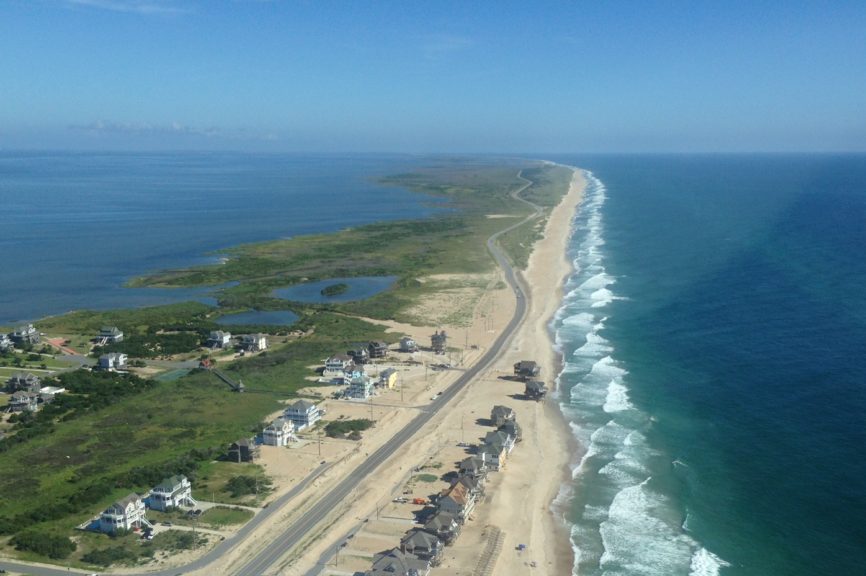
A change in the governor’s seat in Raleigh and a new local state representative was enough to get the bill rescinded, but there were still hurdles to overcome.
The money would not be a problem. Paul Mellon, the son of Andrew Mellon, was an ardent conservationist and he had agreed to purchase the land needed for the park. However, Conrad Wirth, the Director of the NPS, felt the state should also be contributing.
Wirth arranged to meet with Governor Kerr Scott. Wirth was told that if Scott pulled out a plug of tobacco and began chewing he was interested. If he didn’t nothing would happen. I took a good half-hour, but in the end, the governor reached in his desk drawer, pulled out a plug of tobacco and freed up $618,000.
There were still some problems. Even though Wirth had specifically said he would work with the State Highway Commission to create a right of way, old documentation still circulated saying the NPS would not allow roads. Additionally, the word was out that the CHNS was likey, and land speculators stepped in.
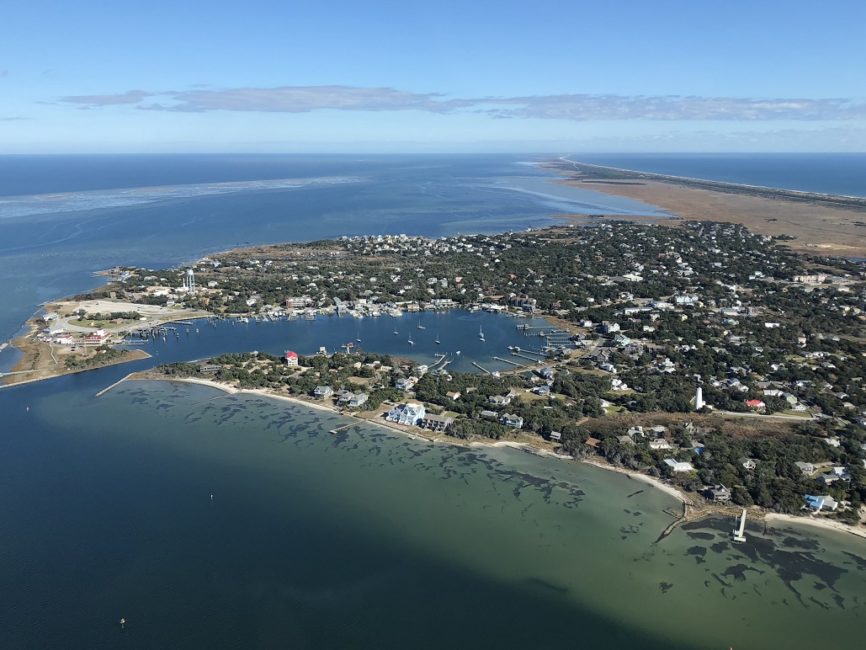
Those two issues seem to have come to a head in a 1950 meeting in Buxton attended by Wirth and Congressman Herbert Bonner.
According to Wirth’s autobiography, the only people at the meeting were wealthy landowners from the north, who owned local hunt clubs, and their employees.
“I was about to blow my top,” he wrote, “when Representative Bonner got up and told me to sit down, that he wanted to take over. He proceeded to tell them in no uncertain terms that he didn’t care what they wanted, that the area was going to be established the way the Park Service wanted it, and that they and their New York bosses could go to hell.”
A followup meeting with the residents went much better—they treated him to a fish fry—and the park was now in a position to move forward.
With local support in hand and funding secured, Wirth was able to activate the legislation permitting Cape Hatteras National Seashore on January 12, 1953, although the park did not open on that date.
It would take six more years of court battles over inflated land value in condemnation hearings to finally officially open the park in 1959 as the first National Seashore in the nation.





